I'm working with the bullet graph example on the D3.JS site at http://bl.ocks.org/4061961:

My goal is to save the bullet graph itself as an SVG file for editing in Inkscape. Using the rasterize.js example with phantom.js, I was able modify the code to both save the bullet graph to a PNG file and to extract the SVG code programatically and save it to a file. Below is the amended rasterize.js file that saves the SVG code:
var page = require('webpage').create(), address, output, size;
if (phantom.args.length < 2 || phantom.args.length > 3) {
console.log('Usage: rasterize.js URL filename');
phantom.exit();
} else {
address = phantom.args[0];
output = phantom.args[1];
page.open(address, function (status) {
if (status !== 'success') {
console.log('Unable to load the address!');
} else {
window.setTimeout(function () {
page.render(output);
var results = page.evaluate(function(){
return document.getElementById('chart').innerHTML
})
console.log(results);
phantom.exit();
}, 200);
}
});
}
The JS above is stored in "rasterize.js" and given to phantomjs.exe on the command line to create the SVG and PNG files.
> phantomjs.exe rasterize.js bullet.html bullet.png > bullet.svg
Here is a link to the "bullet.svg" file stored on GIST: https://raw.github.com/gist/4178632/08396404f40210a801ef36aeee526d9f128952a8/bullets.svg You can save this file to a local drive and view it in a browser.
However, as currently stored, this file doesn't load in Inkscape. I modified the resulting file by adding a ?xml header and amending the svg elements with xmlns as I also manually wrapped the individual elements into a single block.
What am I missing? Once I figure out how to make it work by hand, I'll need to amend the code that extracts the SVG to get the headers write.
Other ideas or tips for modifying rasterize.js (above) to write a clean SVG programatically? Thanks!